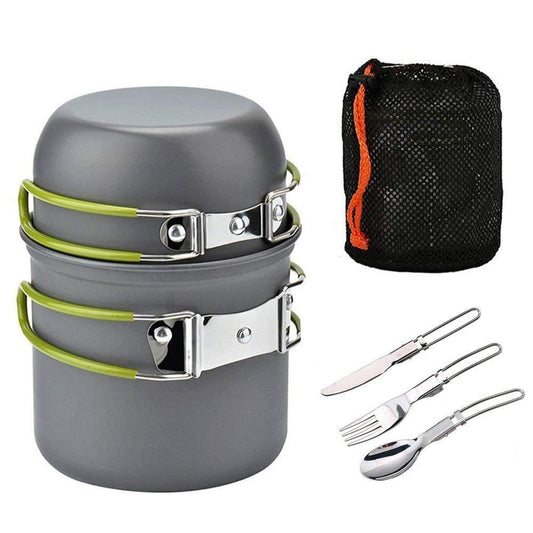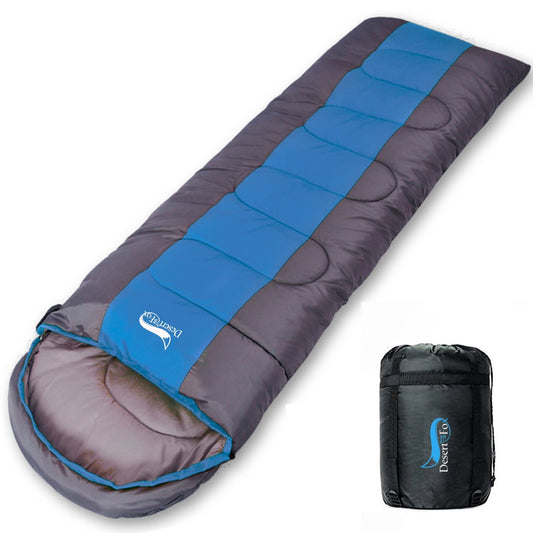
Foraging Calendar: What to Forage in January
Share
Now that the holidays are behind us, many of us are searching for some calm and peace. Homesteaders are finding peace being in nature and partaking in it. Going back to our hunter-gatherer roots. While you’re out, whether that’s in the woods bundle up or on a hike, you can keep an eye out for these plants growing and start harvesting them in January.
The USDA Hardiness Zone Map divides the country into zones, which give us an idea of which plants can grow in different zoned areas. The primary piece of data used to create the zones is the average annual winter temperature experienced in that area. This could just be a list of edibles, but the temperature varies so much across the U.S. that you need to pay attention, so you aren't wasting time and money planting in an area that the plant won't flourish in.
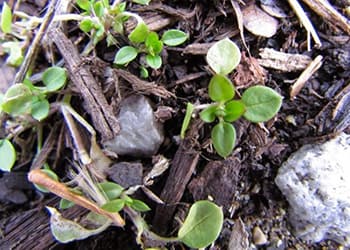
Chickweed, a low-growing herbaceous annual plant, commonly carpets disturbed ground in farms, gardens, and lawns. Its small, ovate leaves grow in an opposite branching pattern on round, green stems.
Chickweed has white flowers, which appear to have 10 petals, but it’s only five petals that are partially split. You can eat the tender leaves and stems raw or cooked. You can also use Chickweed as an anti-itch poultice for irritated skin, or eat it to relieve constipation. Chickweed grows in hardiness zones 4-11 and across the United States but is less common in the Southeast.
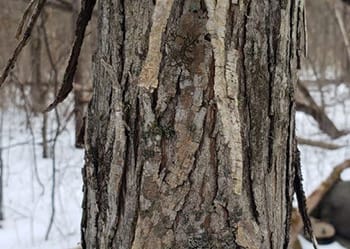
Hickory trees are deciduous hardwood trees. The leaves alternate and the nuts have a “double” nutshell. There’s a husk that peels off, revealing a nutshell underneath.
Hickory nuts have a multi-chambered inner nutshell. Hickory nuts are a calorie-dense wild plant. One ounce of shelled hickory nut meat contains 193 calories, with most of that coming from fat. Most hickory nuts taste like their relative, the pecan. These sweet and fatty nut meats are edible in raw form, picked right out of the shell. Hickory trees grow across the Eastern United States in hardiness zones 4-8.
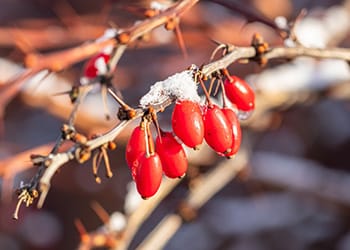
The fruits are small, egg-shaped berries, red to purple. Each fruit contains 1- 3 small black seeds. Its berries have been used in traditional medicine for centuries to treat digestive issues, infections, and skin conditions. They have a tart taste and are used to make jellies and jams. Barberry grows in hardiness zones 4-8.
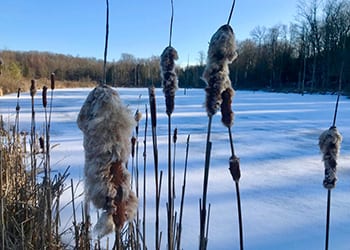
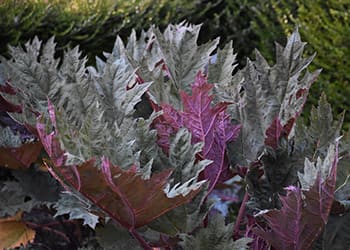
Turkey Rhubarb can grow in hardiness zones 6-11.
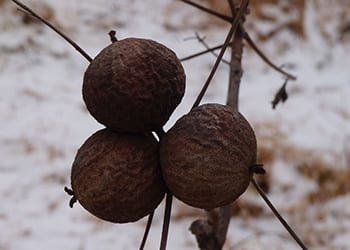
Black Walnuts are tall growing deciduous hardwood trees with round or oblong nuts. Black walnuts are large green and round when they are freshly fallen, though the rough round husks turn black in the winter.
Now you’re ready to head out to the woods and pick some wonderful plants. You can make tonics, dishes and so much more. Start your year out in nature. Celebrate the New Year with a list of new plants to keep an eye out for while foraging. Let us know what are your favorites to forage this time of year in the comments.













